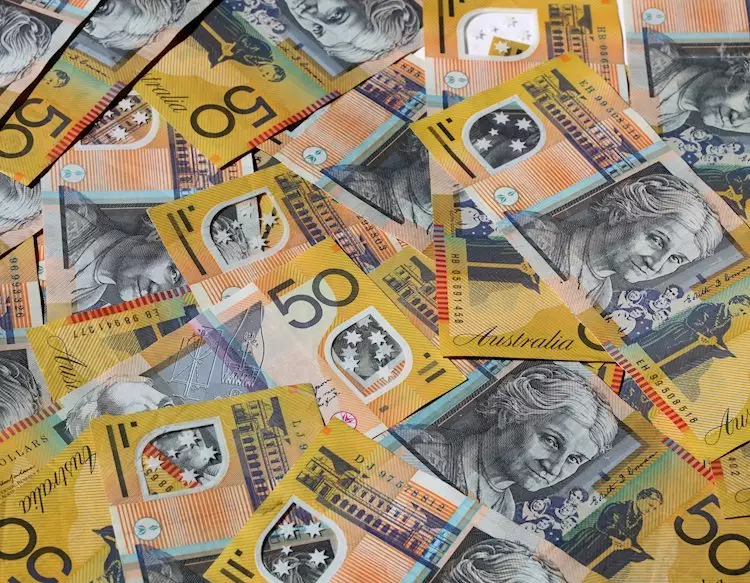The currency pair AUD/USD is experiencing mild bearish movements, cited at approximately 0.6605 in the early hours of the trading session in Asia on Monday. This trend reflects a confluence of factors shaping market perceptions and influencing trading patterns. Notably, strong economic indicators from the United States juxtaposed with the Australian economic landscape are at play. This article delves into these dynamics, scrutinizing the implications for the Australian Dollar (AUD) and the broader economic context.
The foundation of the current dip in the AUD/USD pair can be linked to robust economic data emanating from the United States. The Michigan Consumer Sentiment Index, for instance, surprised analysts by climbing to 70.5 in October from 68.9 previously, outpacing expectations. This positive sentiment signals an optimistic consumer outlook, which could bolster the US economy and potentially inspire the Federal Reserve (Fed) to maintain a less dovish monetary stance.
Additionally, a slight decline in Durable Goods Orders in September adds complexity to this narrative. While a 0.8% dip may appear negative, it is worth noting that the drop was less severe than anticipated. Such data could imply resilience in the US economy, reinforcing the strength of the US Dollar (USD) and positioning it as a safer asset, particularly amidst elevated geopolitical tensions.
The interplay of geopolitical events adds an extra layer of influence on currency valuations. In particular, recent military actions in the Middle East, including Israel’s restrained assault on Iranian defense sites, have contributed to prevailing uncertainty. The USD often appreciates in times of conflict as it is viewed as a safe haven. The ongoing atmosphere of tension around the US presidential elections only serves to increase the volatility of the USD, strategically positioning it against riskier currencies like the AUD.
The unfolding political landscape in the US, featuring figures such as Donald Trump and Kamala Harris, could dramatically impact future dollar movements, particularly regarding investor sentiment. Economic analysts are closely monitoring these developments as they could lead to flight-to-safety movements favoring the USD.
Australian Economic Considerations and the RBA’s Position
On the flip side, the Australian economy is grappling with its own set of challenges and strengths. The Reserve Bank of Australia’s (RBA) recent hawkish posture indicates a reluctance to reduce interest rates in the near term. This perspective is of fundamental importance because the level of interest rates directly affects the AUD’s attractiveness to investors. While current market pricing suggests a mere 10% chance of a cut to 4.1% by the RBA in November, this scenario aligns with a generally favorable outlook for the Australian Dollar.
Australia’s economic fabric is also closely interwoven with its status as a resource-rich nation, particularly regarding its principal export: Iron Ore. The health of China’s economy, Australia’s largest trading partner, significantly impacts the AUD’s value. Any fluctuations in Chinese economic data often reverberate through the AUD/USD pairing, thereby establishing a tangible connection between commodity prices and currency values.
Iron Ore Prices and Trade Balance: A Double-Edged Sword
Iron Ore prices, often viewed through the prism of the broader commodities market, emerge as pivotal in determining the AUD’s trajectory. Generally, an uptick in Iron Ore prices augurs well for Australia’s trade balance and subsequently enhances demand for the AUD. The correlation is stark; a thriving Chinese economy seeking Australian resources could lead to a bullish sentiment around AUD, reflecting positively in forex trading.
Conversely, a downturn in prices, driven perhaps by reduced demand from China or global economic pressures, could diminish the AUD’s valuation. The Trade Balance, defined as the difference between export and import values, emerges as another critical factor. A favorable Trade Balance enhances the AUD as international buyers flock to acquire Australian resources, while a negative balance has the inverse effect.
To summarize, the current state of AUD/USD at approximately 0.6605 showcases the interplay of a robust US economic landscape juxtaposed against varying Australian economic conditions. The hawkish outlook of the Reserve Bank of Australia offers some stability, yet geopolitical tensions and commodity dependencies constantly shape the dynamics of the currency pair. As traders navigate this complex terrain, they must remain vigilant to developments that could sway the bullish or bearish outlooks on both the AUD and USD. Ultimately, understanding these intertwined economic indicators is crucial for gauging future movements in the ever-changing forex market.

